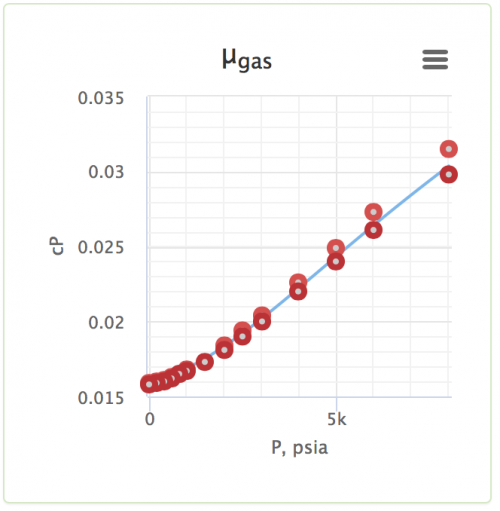Lee correlation
From wiki.pengtools.com
Brief
Lee correlation is the empirical correlation for the gas viscosity published in 1966.
Math & Physics
where
Discussion
Why the Lee correlation?
Application range
Nomenclature
 = gas density, g/cm3
= gas density, g/cm3 = gas viscosity, cp
= gas viscosity, cp = gas molecular weight, dimensionless
= gas molecular weight, dimensionless = pressure, psia
= pressure, psia = gas specific gravity, dimensionless
= gas specific gravity, dimensionless = temperature, °R
= temperature, °R = gas compressibility factor, dimensionless
= gas compressibility factor, dimensionless
References
- ↑ Lee, A. B.; Gonzalez, M. H.; Eakin, B. E. (1966). "The Viscosity of Natural Gases". Journal of Petroleum Technology (SPE-1340-PA).









